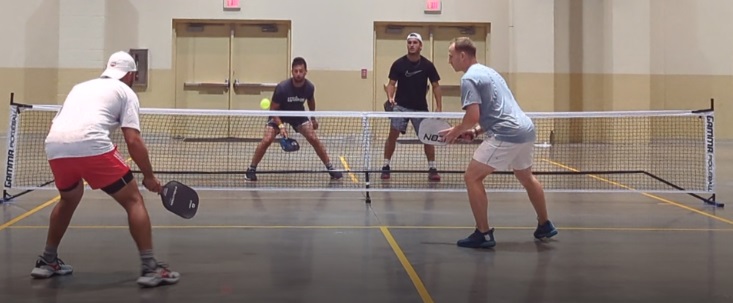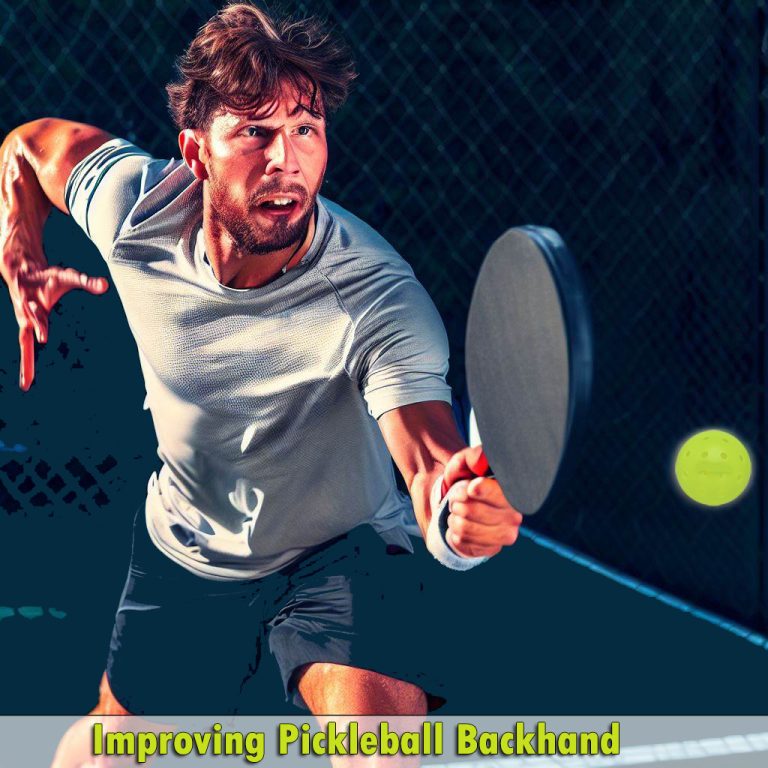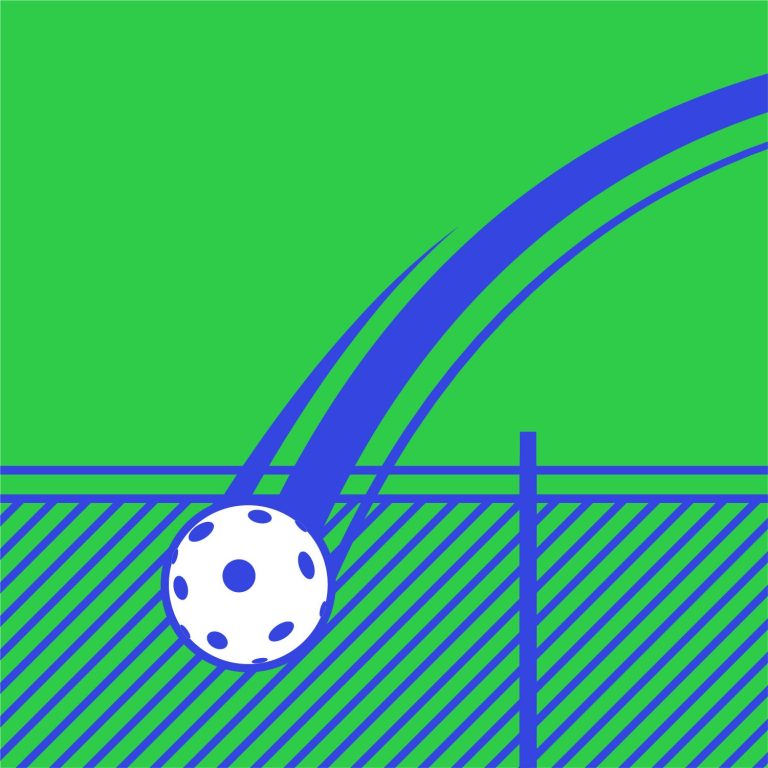Pickleball Transition Zone
Mastering the Pickleball Transition Zone: Attack and Reset Techniques
Understanding the Pickleball Transition Zone
The transition zone is the area on the pickleball court between the non-volley line and the baseline. This area is sometimes called the mid court or no man’s land because it is not an ideal location for either offensive or defensive play. Many players feel uncomfortable when they find themselves in the transition zone because they are not sure how to approach the situation.
The Importance of the Transition Zone in Pickleball
The transition zone is important in pickleball because it is where players move from defense to offense and vice versa. Mastering this area is crucial for players who want to improve their game, as it sets the stage for winning more points and maintaining control over the game. By focusing on common pickleball tendencies, players can be more efficient and effective in this critical area of the court.
Common Pickleball Tendencies in the Transition Zone
- Using too much spin and not simplifying strokes
- Not recognizing the general distance in the transition zone
- Rushing to get to the kitchen line after making a perfect third shot drop
- Not aiming for the right target and failing to defend oneself
Tips for Mastering the Pickleball Transition Zone
Stop and Play the Ball
Stopping before hitting the ball in the transition zone can help to maintain control over the shot. This can be especially important for beginners who may have less experience with the footwork and timing required to hit the ball while moving.
Mastering Reset Techniques in the Mid-Court Area
Pickleball is a fast-paced and exciting game that requires a lot of practice to master. One of the most advanced skills in pickleball is the mid-court reset, which is used by top players to defend against aggressive attacks and keep rallies going.
The mid-court reset is a shot that is used when an opponent hits a ball with good topspin that lands in the mid-court area between your foot and knee, also known as the “red zone”. This is a difficult shot to defend against because it has a lot of pace and spin, making it challenging to control and return. To execute the mid-court reset successfully, players need to make fine adjustments to their paddle face, grip pressure, and swing motion.
To make better decisions and learn this advanced shot, there are a few tips that players can follow.
- Firstly, it’s important to allow the ball to bounce whenever possible. Taking the ball off the bounce is technically easier than a mid-court volley reset, and allows players to connect with an open paddle face. This helps to create more control and spin, making it easier to return the ball.
- Secondly, if the ball is about to pass you or hit your shins, you need to take the ball out of the air. This is an aggressive attack that requires players to absorb the pace of the ball and seek to neutralize it with a small touch. The key to absorbing the pace is to stop at the point of contact without adding any additional power. This requires a lot of practice and precision, as even a slight misjudgment can result in the ball flying out of bounds.
- Finally, if a ball is placed near your foot, it often has a little less pace. The accuracy required to hit someone’s foot is often a softer shot, which means that your response at mid-court needs to be a more open paddle face and more lift. This helps to create more spin and control, making it easier to keep the rally going.
In conclusion, the mid-court reset is an advanced skill that takes time to learn and even longer to master. It requires players to make fine adjustments to their paddle face, grip pressure, and swingmotion depending on the speed, trajectory, and spin of the incoming ball. By following these tips and spending time practicing with a partner, players can add the mid-court reset to their defensive arsenal and take their game to the next level.
Improve Footwork and Timing
The “red light, green light” drill is a popular pickleball drill that can help players improve their transition and reaction skills. In this drill, one player hits the ball to the other player who is transitioning to the net. When the player hitting the ball raises their paddle, this is like a “red light,” indicating that the other player should stop moving and get ready to receive the next shot.
Keep Strokes Simple and Tight
In the transition zone, less is more, and players should focus on keeping their strokes simple and tight. This can help improve control and precision, leading to better performance on the court.
Recognize the Distance and Defend Yourself
Players should take into account the distance in the transition zone and be prepared to defend themselves accordingly. If you miss a little high, remember that you are more capable of defending yourself in the transition zone than at the kitchen line.
Pickleball Transition Zone: Mastering no man’s land
Mastering the transition zone is essential for players who want to improve their pickleball game. By being aware of common pickleball tendencies and following the tips provided in this article, players can be more efficient and effective in this critical area of the court. With practice, dedication, and determination, you can master the transition zone and take your pickleball game to the next level.








Do you have any videos for the mid court reset.
I am frustrated with my pickleball skills at this point. However, I am not going to give up. I have read about the transition zone, no man’s land. I have played about a year. Maybe 2.75 to 3.00 skills.
My playing is I do get up to the kitchen; however, get caught when the opponent hits the ball to the mid court or to the baseline and I did not hit the ball in the kitchen. At times, the opponent hits my upper body while I am at non volley area, near the kitchen. Help!